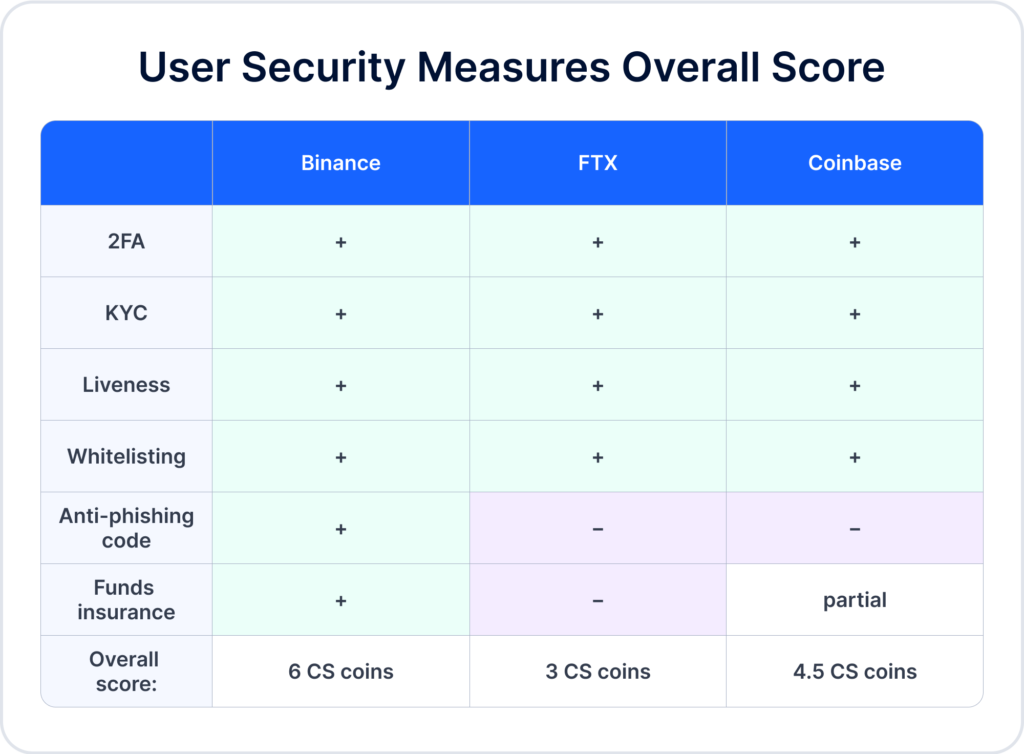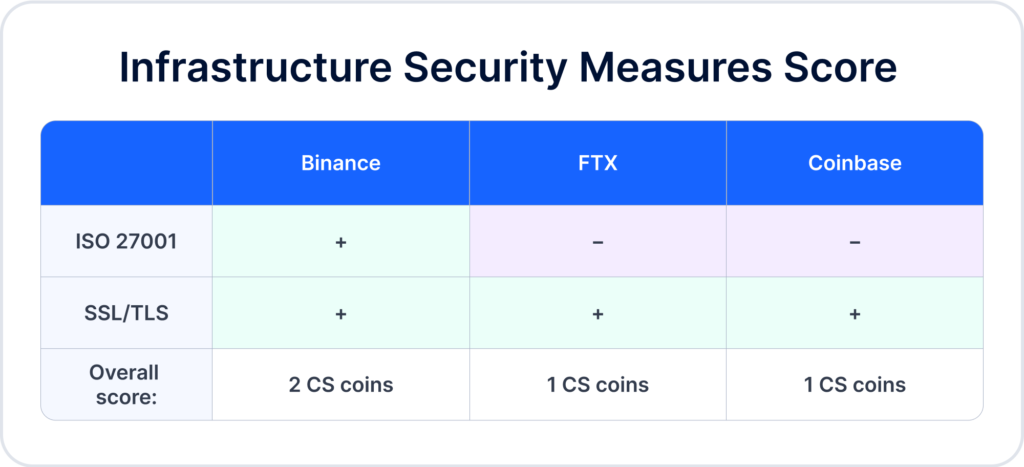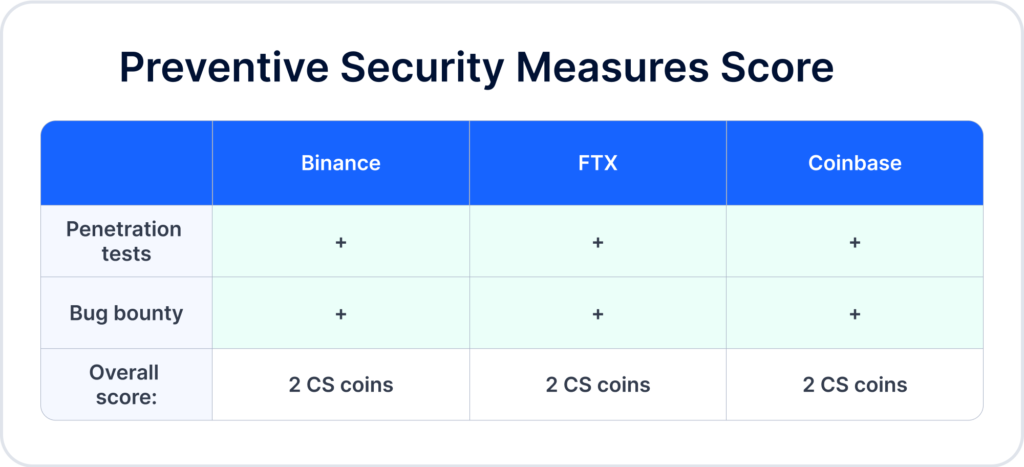Who Has the Best Security Measures? Top 3 Crypto Exchanges Compared
In this article, Scalable Solutions compares how the three biggest cryptocurrency exchanges—Binance, FTX, and Coinbase—cope with common security threats in their industry. The evaluation takes the form of a competition, with each firm earning a “cyber security coin” (CS coin) for every security measure it uses.










